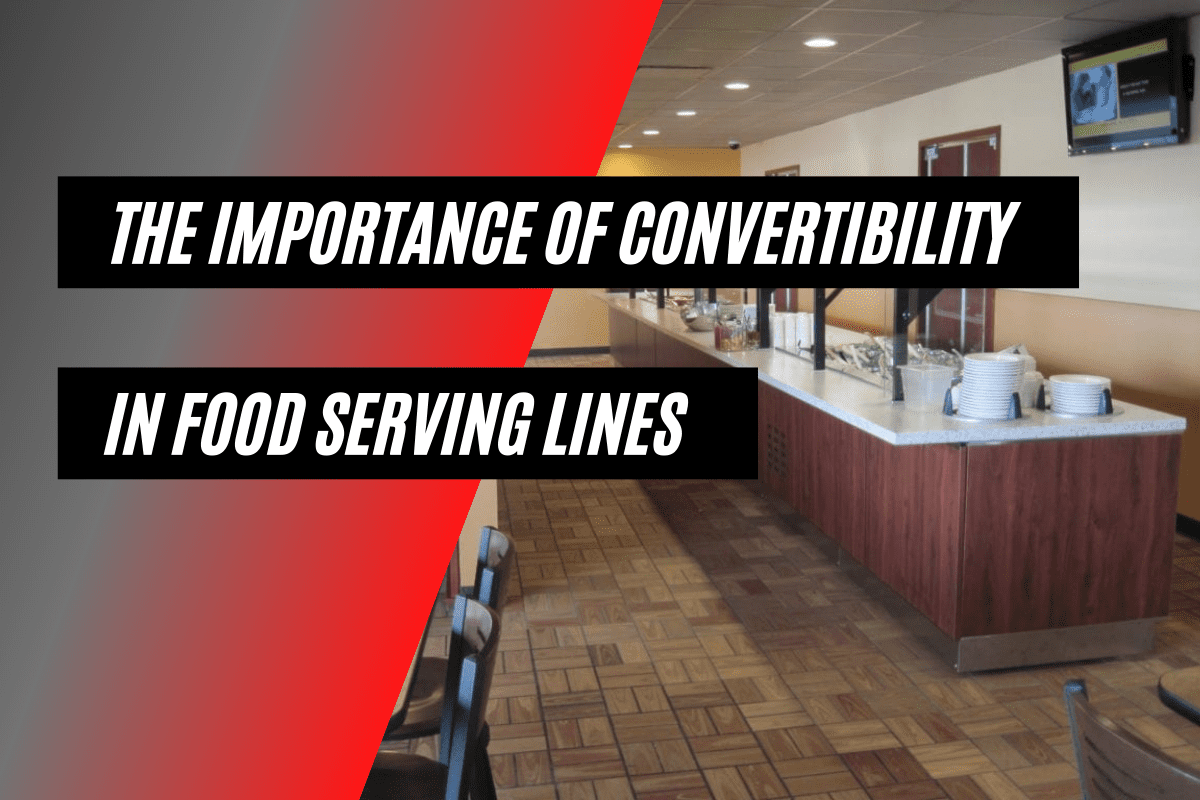From dealing with COVID-19 outbreaks to pursuing solutions that allow foodservice operations to stay operational, things have been increasingly challenging in the last year. At the very beginning of the pandemic, there were concerns about food shortages as it relates to processing and distributing our food supply, and those challenges continue in varying forms today.
Let's start back at the beginning when the national food supply was in possible jeopardy and was an unknown factor. Many people rushed to grocery stores to stock up for weeks and even months on canned and frozen goods. This left grocery shelves bare and consumers terrified for what was to come.
The industry that struggled the most during this period was the meat processing business. With heavy staffing working in proximity, many processing staff members fell ill with the coronavirus causing many plants to close. Companies responded, though, and measures were put in place such as temperature scanning, social distancing, and increased sanitation. By June, meatpacking was back to operating at roughly 97%, as reported by WebMD.
While the initial scare put us in a world of uncertainty, we slowly began to find a balance. More resources were available, and shelves were less bare. What we learned was the importance of keeping staff healthy across the entire foodservice spectrum, from grocery stores to restaurants to delivery drivers to meat processing plants.
As the virus continues to sweep across the United States, many are now worried that the industry won't suffer from a supply shortage but rather a staffing shortage. Even with new regulations and rules set in place, extra cleaning, and additional precautions, people are still testing positive for COVID-19.
Critical labor is being put at risk in order to keep our food supply functioning, leaving many questioning if their jobs are worth that risk. On the other end of the spectrum, many are still seeking jobs and a surplus of people are working from home, keeping grocery stores flooded with business.
New solutions are popping up daily to help prevent the spread of the virus as well as assist in keeping operations functioning, and even in the initial scare, most weren't going hungry due to a lack of food supply. Giannini Foundation of Agricultural Economics reported the biggest vulnerability for food insecurity was due to the loss of jobs from lost income with collapsing prices and lowered market demand.
While there's still concern over the potential changes in the industry as we continue to deal with the pandemic, for the foreseeable future food supply looks promising and reliable.
For a full list of all available COVID-19 product solutions from Multiteria, we encourage you to visit our main COVID-19 Resources page.




